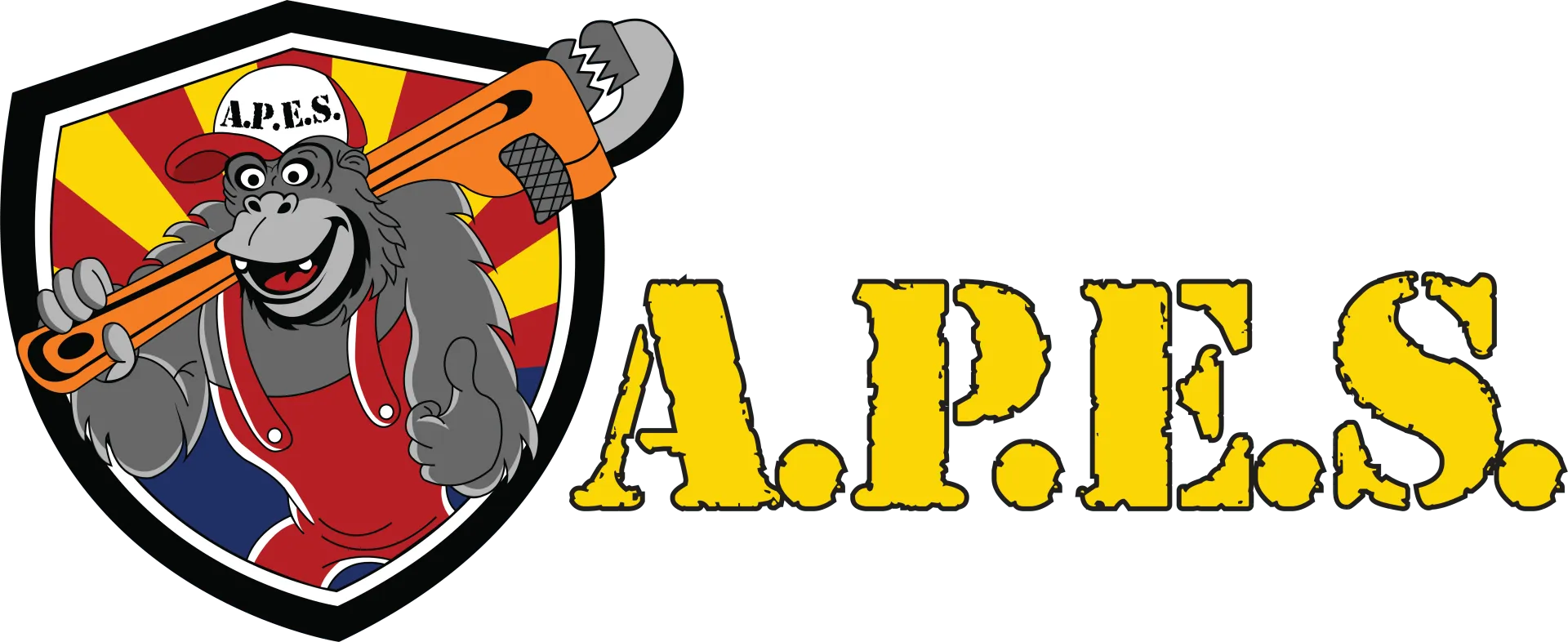Proper furnace maintenance is the first step toward a cozy, warm home during the chilly months. It’s like the dental floss of home care—easy to forget but oh-so-important. Regular check-ups can mean the difference between sipping hot cocoa in peace and frantically searching for a technician while wrapped in every blanket you own. So, let’s dive into the whys, hows, and whens of keeping your furnace in tip-top shape.
The Benefits of Regular Furnace Maintenance
First off, why bother with maintenance? Isn’t a furnace supposed to just… work? Well, a little TLC for your heating system can go a long way:
- Enhanced efficiency and reduced energy bills: A well-maintained furnace doesn’t have to work as hard to heat your home, saving you cash on energy bills.
- Extended furnace lifespan: Regular check-ups can extend the life of your furnace, postponing the inevitable breakup (and costly replacement).
- Improved indoor air quality: A clean furnace means cleaner air circulating in your home. Breathe easy, knowing you’re not inhaling last season’s dust bunnies.
- Reduced risk of breakdowns and costly repairs: Catching issues early can save you from the “it’s how much to fix?!” shock.
- Safety Enhancements: A well-serviced furnace burns fuel more efficiently, minimizing the production of harmful emissions and keeping your home safe.
- Increased Property Value: Homes with well-maintained HVAC systems are more attractive to buyers. Regular furnace maintenance can be a selling point, indicating that the home has been well cared for, potentially increasing its market value.
Furnace Maintenance Checklist for Homeowners
So, how does one keep a furnace in good health? Here’s your DIY checklist:
- Visual Inspection: Kick off your furnace health check with a visual inspection. This is your detective phase – looking for unusual signs that scream “Danger!”Regularly check your furnace for wear and tear, rust, corrosion, or leaks. Identifying these issues early can prevent more significant problems down the road.
- Cleaning and Replacing Air Filters: Dirty air filters restrict airflow, reducing efficiency and putting extra strain on your furnace. Aim to clean or replace your air filters every 90 days or more frequently if you have pets or allergies.
- Inspecting the Blower Motor and Fan: Ensure the blower motor and fan are free from dust and debris, which can impede operation and reduce efficiency. Cleaning these components can improve air circulation and furnace performance.
- Checking the Heat Exchanger: Inspect the heat exchanger for any signs of cracks or corrosion, as these can lead to dangerous carbon monoxide leaks. Regular checks can ensure the safe operation of your furnace.
- Tightening Electrical Connections: Check all electrical connections to ensure they are tight and secure. Loose connections can cause malfunctions and may pose a safety hazard.
- Lubricating Moving Parts: Every machine runs smoother with a bit of lubrication, and your furnace is no exception. Lubricate all moving parts to reduce friction and wear. This maintenance step can extend the life of these components and improve overall furnace efficiency.
- Testing the Thermostat and Controls: Verify that the thermostat and all furnace controls are working correctly. This ensures that your furnace operates as intended and responds accurately to your heating needs.
- Inspecting the Flue and Ventilation: Check the flue and ventilation system for blockages or leaks. Proper ventilation is essential to remove exhaust gases from your home safely.
- Checking Gas Pressure and Ignition System: Ensure the gas pressure is set correctly and the ignition system functions properly. This is critical for safe and efficient furnace operation.
- Inspecting the Condensate Drain and Pump: For high-efficiency furnaces, ensure the condensate drain and pump are clear of blockages. This prevents water buildup and potential damage to your furnace.

Expert Tips for Furnace MaintenanceExpert Tips for Furnace Maintenance
Want to level up your furnace care? Here’s how:
Hire a Pro
Scheduling an annual inspection with a certified HVAC technician is crucial. Professionals have the expertise to thoroughly inspect, diagnose, and tune up your furnace to ensure it’s running efficiently and safely. They can identify potential issues that might not be obvious to the untrained eye, helping prevent costly repairs or replacements in the future.
Stick to a Schedule
Consistency in furnace maintenance is vital to ensuring its longevity and efficiency. Establish a routine maintenance schedule and treat it as important as any other critical appointment. Regular check-ups, preferably before the heating season begins, can ensure your system operates at peak efficiency when you need it most.
Listen and Sniff
Your senses can be the first line of defense in detecting furnace issues. Pay attention to unusual noises, such as banging, whistling, or grinding, which could indicate mechanical problems. Similarly, unusual smells, particularly a rotten egg odor or burning dust, can signal serious issues. Early detection can prevent minor issues from escalating into major malfunctions.
Be Proactive
Addressing minor issues immediately can save you from significant inconvenience and expense later. Whether it’s a strange noise, a sudden decrease in efficiency, or a minor part requiring replacement, dealing with problems as they arise can prevent more severe issues. Regularly checking and maintaining your furnace can help catch these problems early.
Upgrade Your Thermostat
If you’re still using an old thermostat, upgrading to a programmable or smart thermostat can significantly enhance your home’s heating efficiency. These devices allow you to set your heating schedule according to your daily routine, reducing energy usage when you’re not home and ensuring a comfortable temperature when you are. This upgrade can lead to substantial savings on your energy bills.
Install a Carbon Monoxide Detector
Carbon monoxide (CO) is a colorless, odorless gas that can be deadly. Installing a CO detector near your furnace is a critical safety measure. It can alert you to the presence of carbon monoxide, allowing you to take immediate action to safeguard your household. Ensure the detector functions correctly by testing it regularly and replacing batteries as needed.
Keep It Clean
Regular cleaning around your furnace is essential. Dust and debris can accumulate around the unit, potentially entering the system and affecting its performance. Vacuuming and dusting the area around your furnace can help maintain its efficiency and prevent airborne dust from circulating throughout your home.
Seal and Insulate
Proper sealing and insulation of the furnace room and associated ductwork can significantly impact your heating system’s efficiency. Check for leaks or drafts in windows, doors, and ducts, and seal any gaps with weatherstripping or insulation. This prevents heat loss, ensuring your furnace isn’t working harder than necessary to keep your home warm.
Common Furnace Maintenance Mistakes
Sometimes, learning what not to do is just as important. Here are some pitfalls to avoid:
- Neglecting maintenance: “It was working fine last year” is a famous last word before a mid-winter furnace failure. Such neglect invariably leads to decreased efficiency, higher utility bills, and the increased likelihood of a complete system failure when you least expect it.
- DIY disasters: Overestimating your repair skills can lead to more significant problems (and bills) than you had initially. Remember, furnace systems are complex and require expertise and tools for proper maintenance and repair. Call a professional to avoid turning a minor fix into a major headache if in doubt.
- Ignoring the signs: That strange noise or smell isn’t your furnace’s way of saying hello. It’s a cry for help. Ignoring these signs is like ignoring a check engine light on your car’s dashboard, which indicates something is off.
- Procrastination: It’s easy to put off repairs when minor issues arise, especially if the furnace seems to be working “well enough.” However, minor problems can quickly escalate into bigger, more costly ones. If ignored, a minor issue like a dirty filter can strain the entire system, leading to more significant component failures.

Tips for Maximizing Your WiFi Thermostat’s Efficiency and Convenience
- Leverage the Learning Features: If your thermostat has learning capabilities, give it time to learn your schedule and preferences. This may take a few weeks, but it’s worth the initial patience for the long-term comfort and efficiency gains.
- Utilize Scheduling: For thermostats without learning features, set up a schedule that aligns with your daily routine. Lower the temperature when you’re away or asleep, and increase it for when you’re typically home. This simple step can lead to significant energy savings.
- Take Advantage of Geofencing: Enable geofencing on your thermostat’s app to automatically adjust your home’s temperature based on location. This ensures your home is comfortable when you’re there and saves energy when you’re not.
- Monitor Energy Usage Reports: Many WiFi thermostats report your heating and cooling usage. Review these reports to understand your energy consumption patterns and identify opportunities for further savings.
- Regularly Update the Software: Ensure your thermostat’s firmware is always current. Manufacturers often release updates that improve functionality and efficiency.
- Adjust for Seasons: Revisit your settings and schedules with changing seasons. What works for summer may not be ideal for winter, so adjusting your thermostat settings seasonally can optimize comfort and efficiency.
- Check for Utility Rebates: Some utility companies offer rebates for installing smart thermostats. Check if you’re eligible for any rebates or incentives, as this can offset the cost of your investment.
Final Thoughts
Whether you’re a tech-savvy homeowner eager to expand your smart home ecosystem or someone looking to make practical, eco-friendly updates, a WiFi thermostat is a worthwhile investment. It’s a decision that promises to keep you—and your wallet—comfortable and content for years to come. Why wait? Take the plunge into the world of WiFi thermostats and feel the difference it makes in your daily life!

